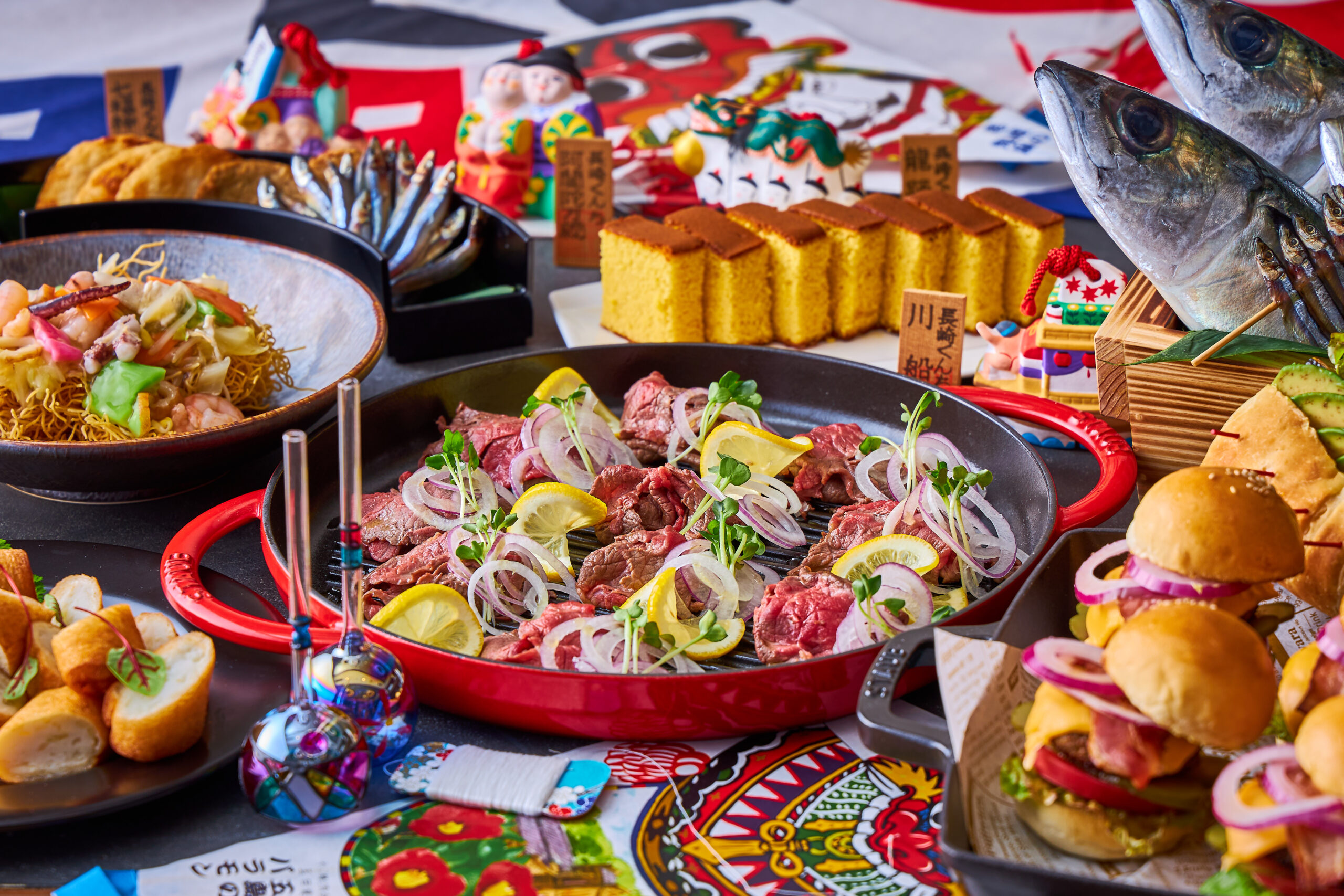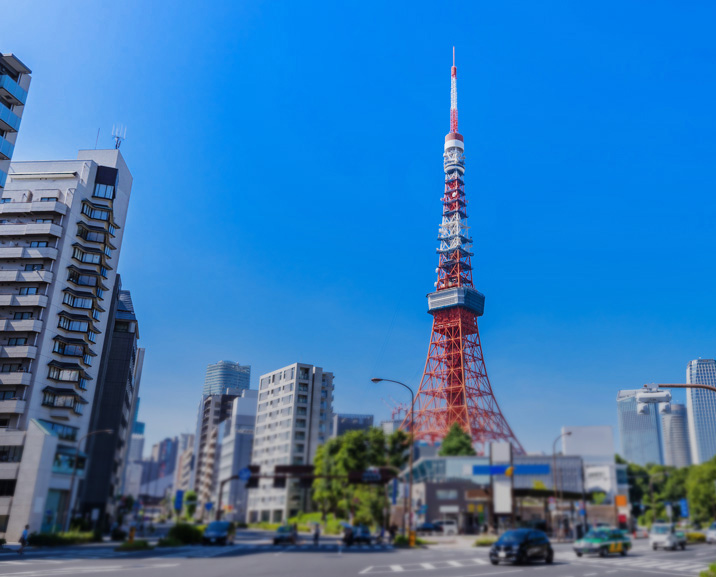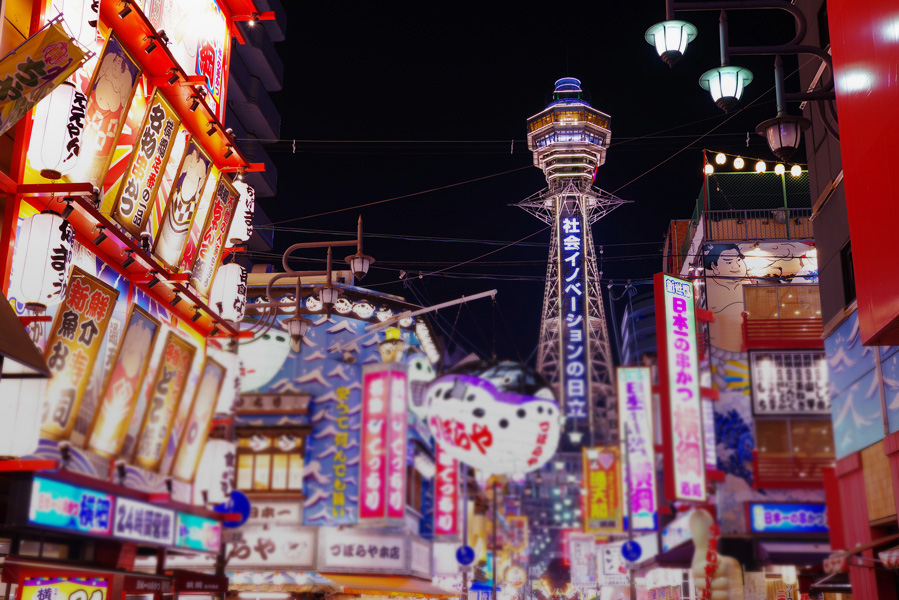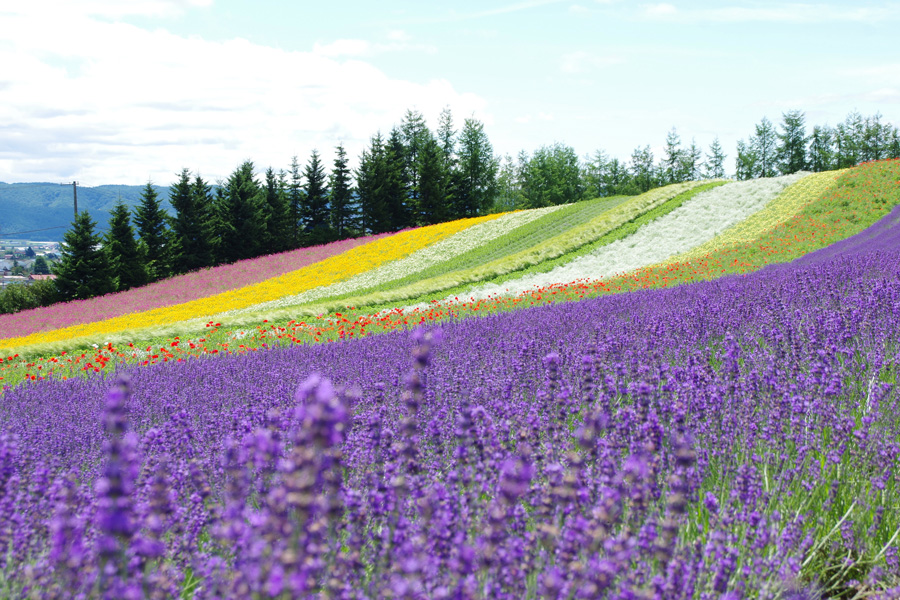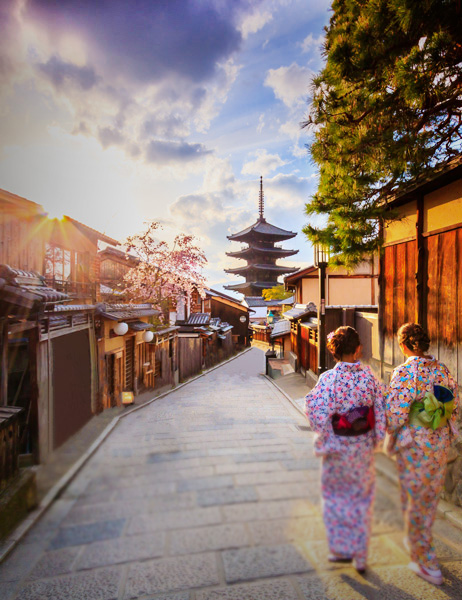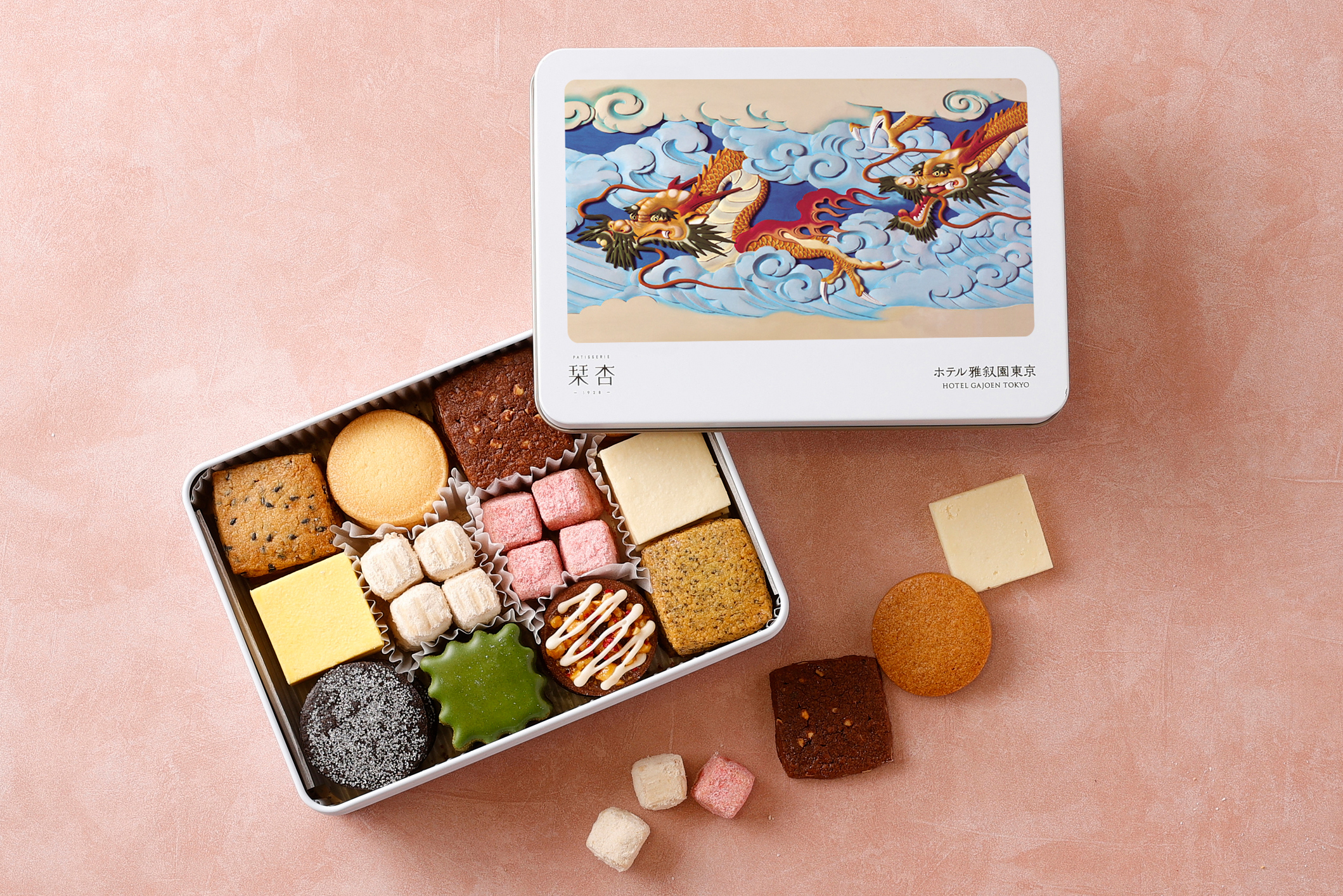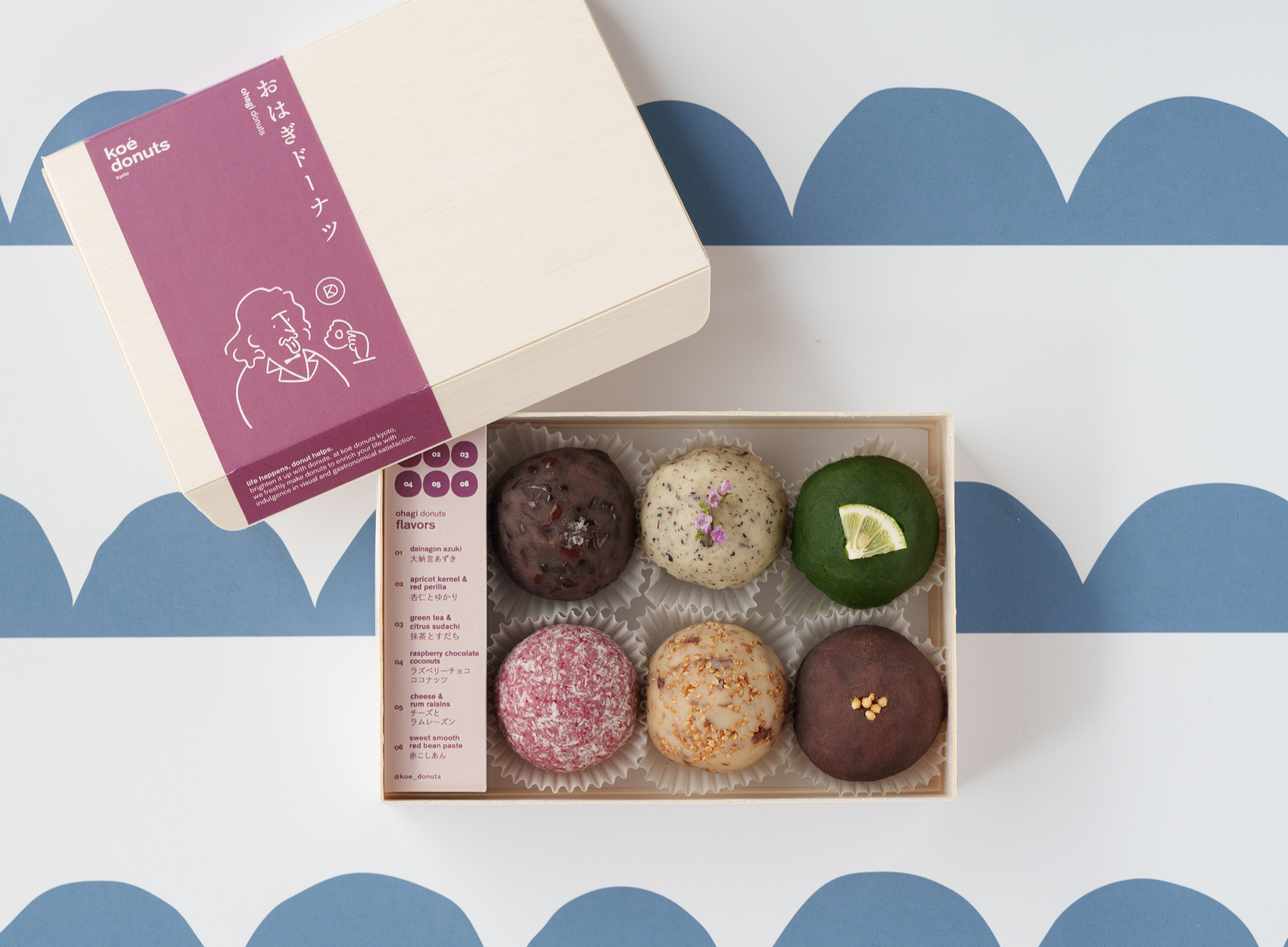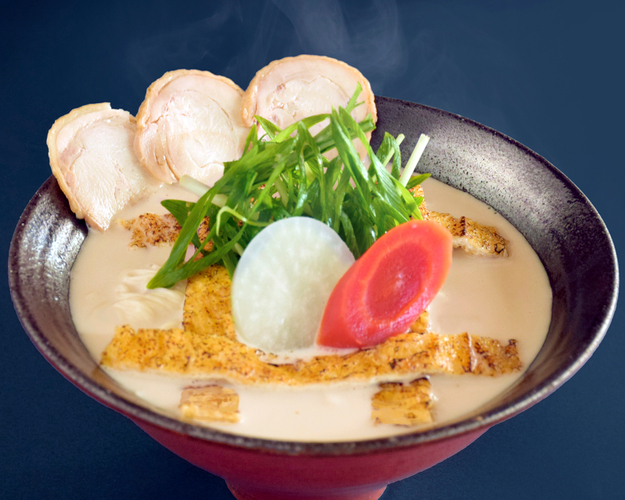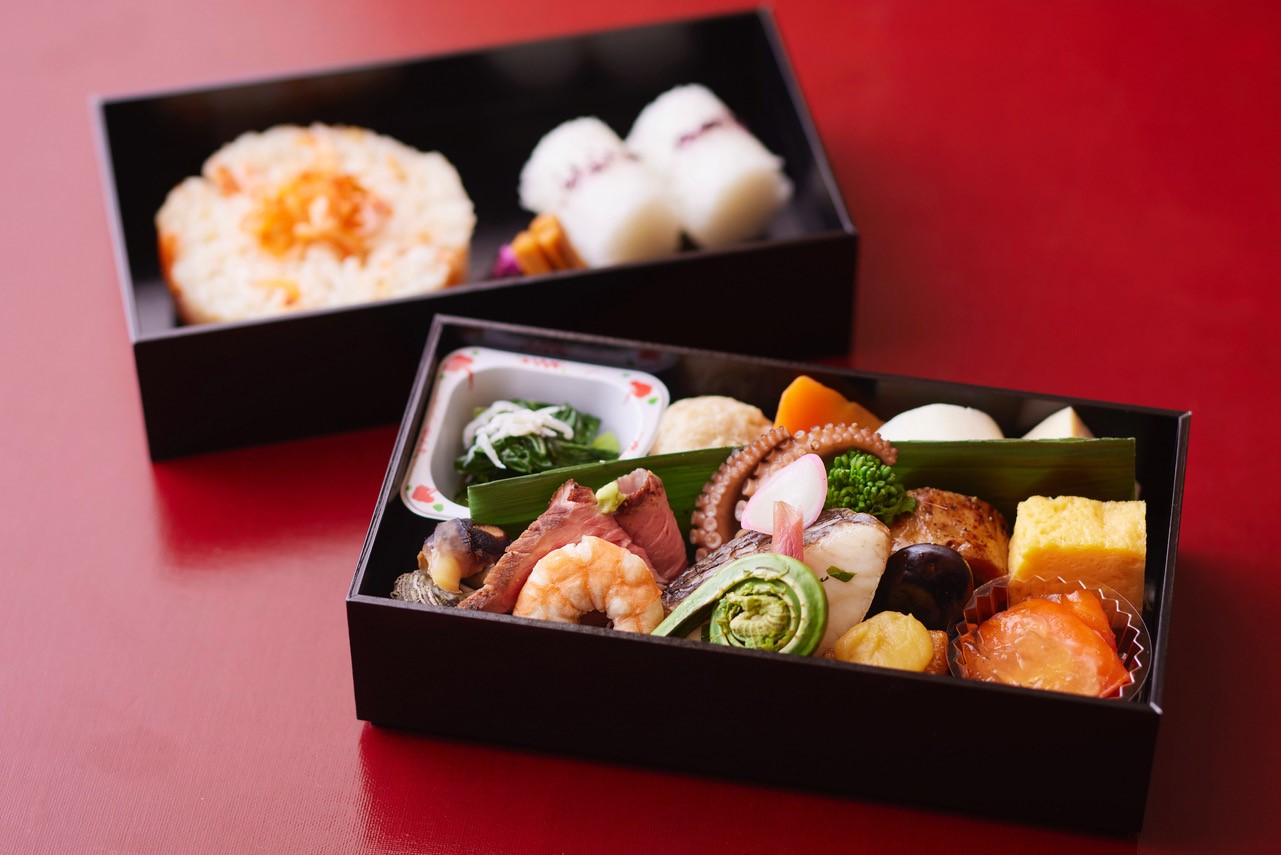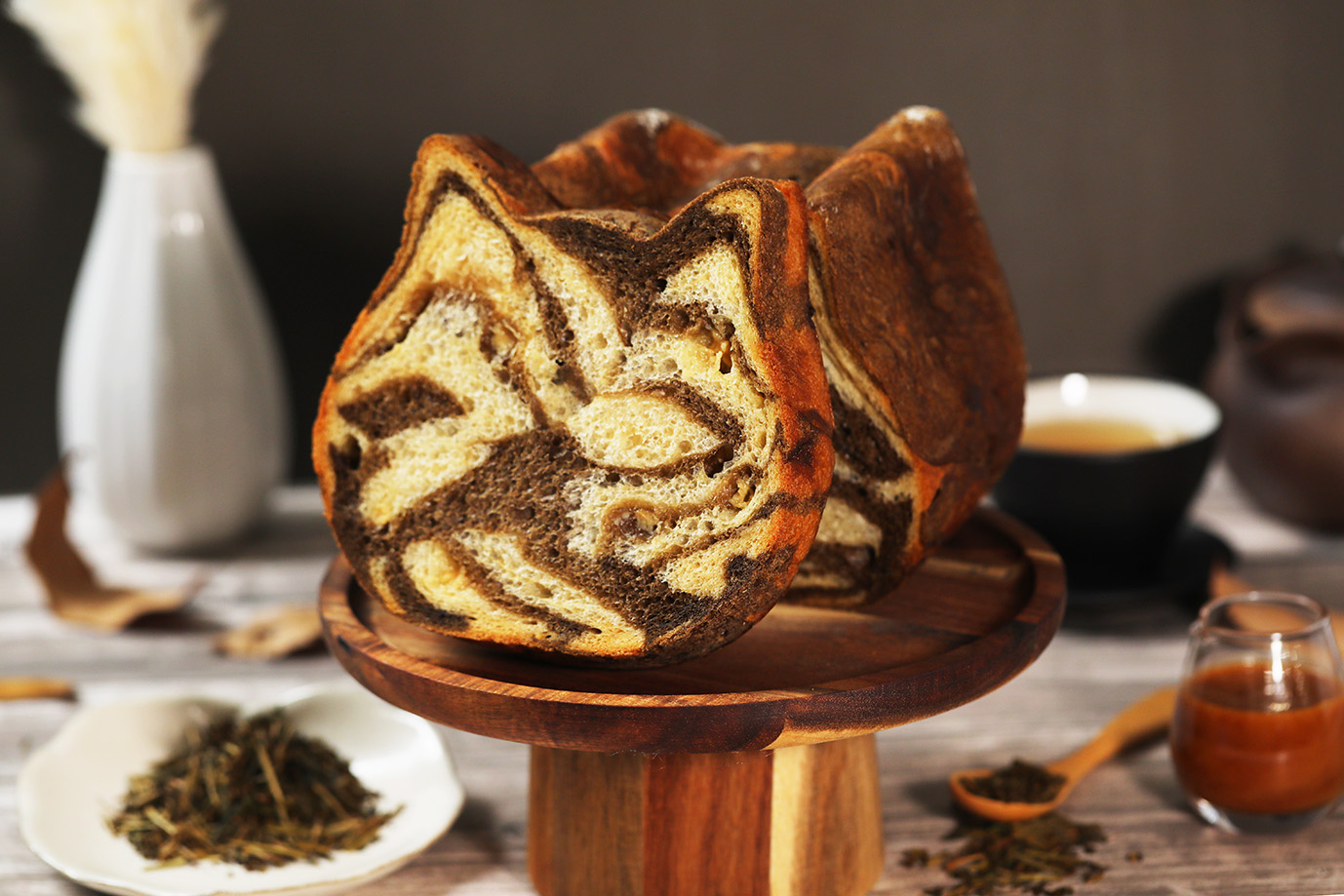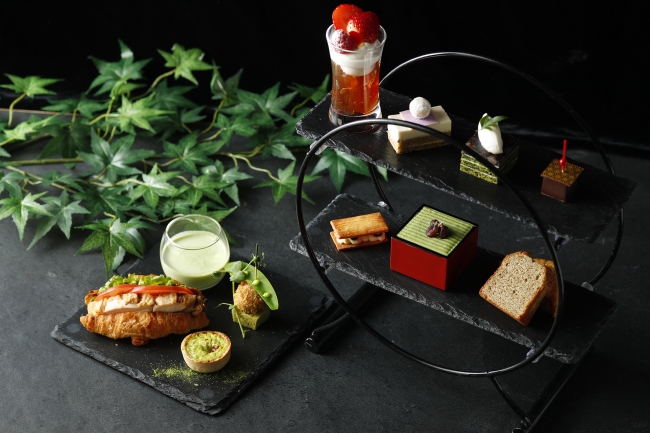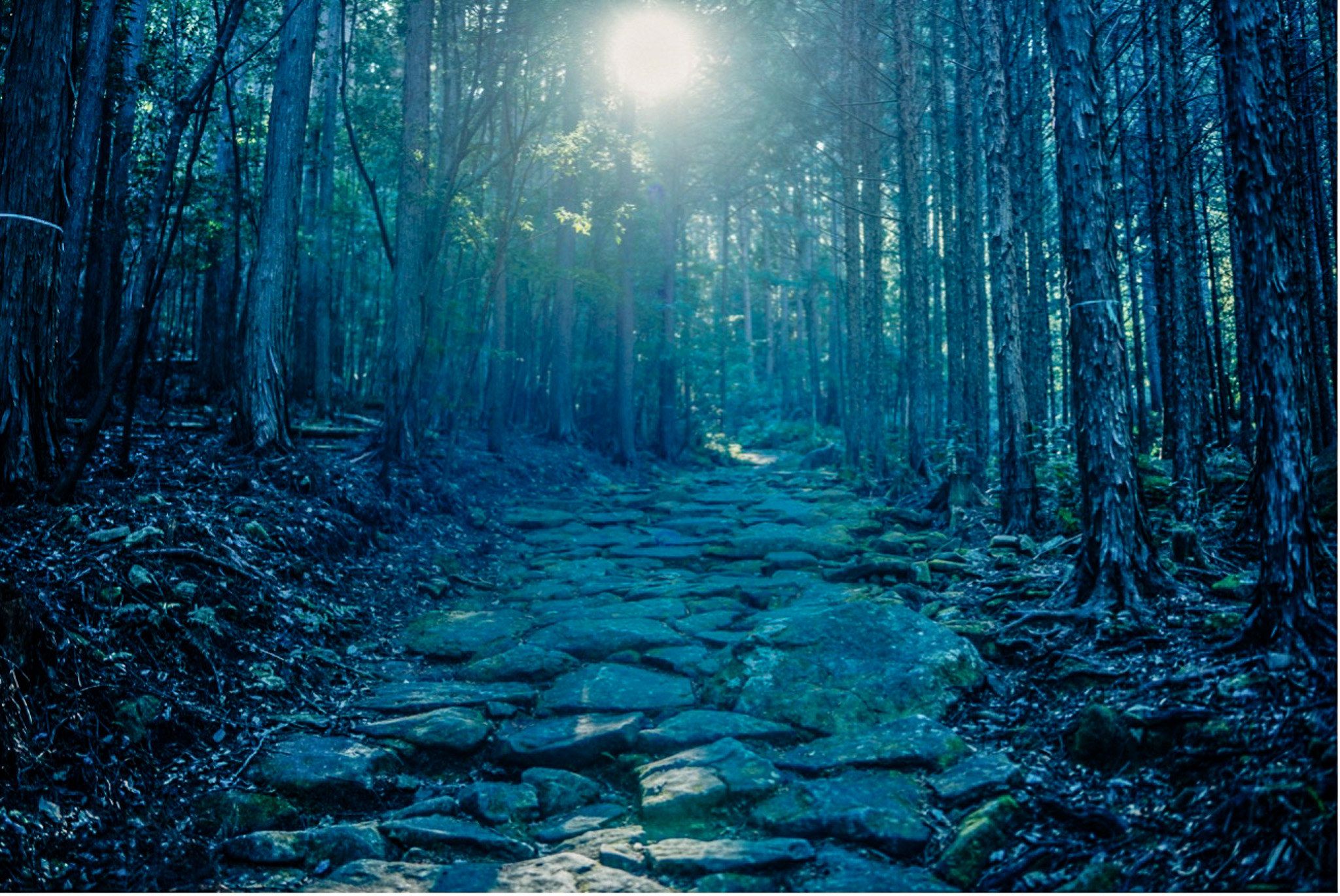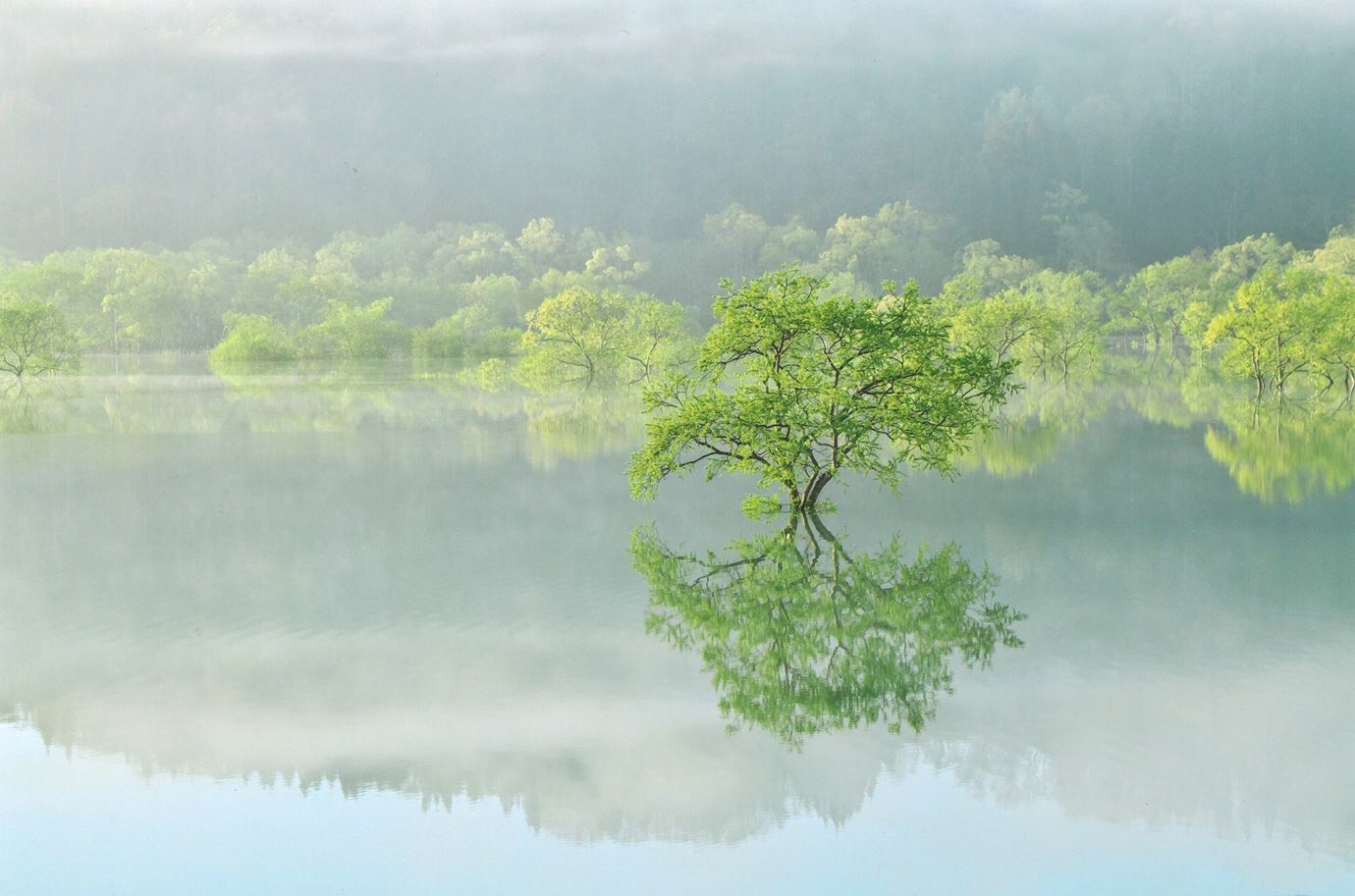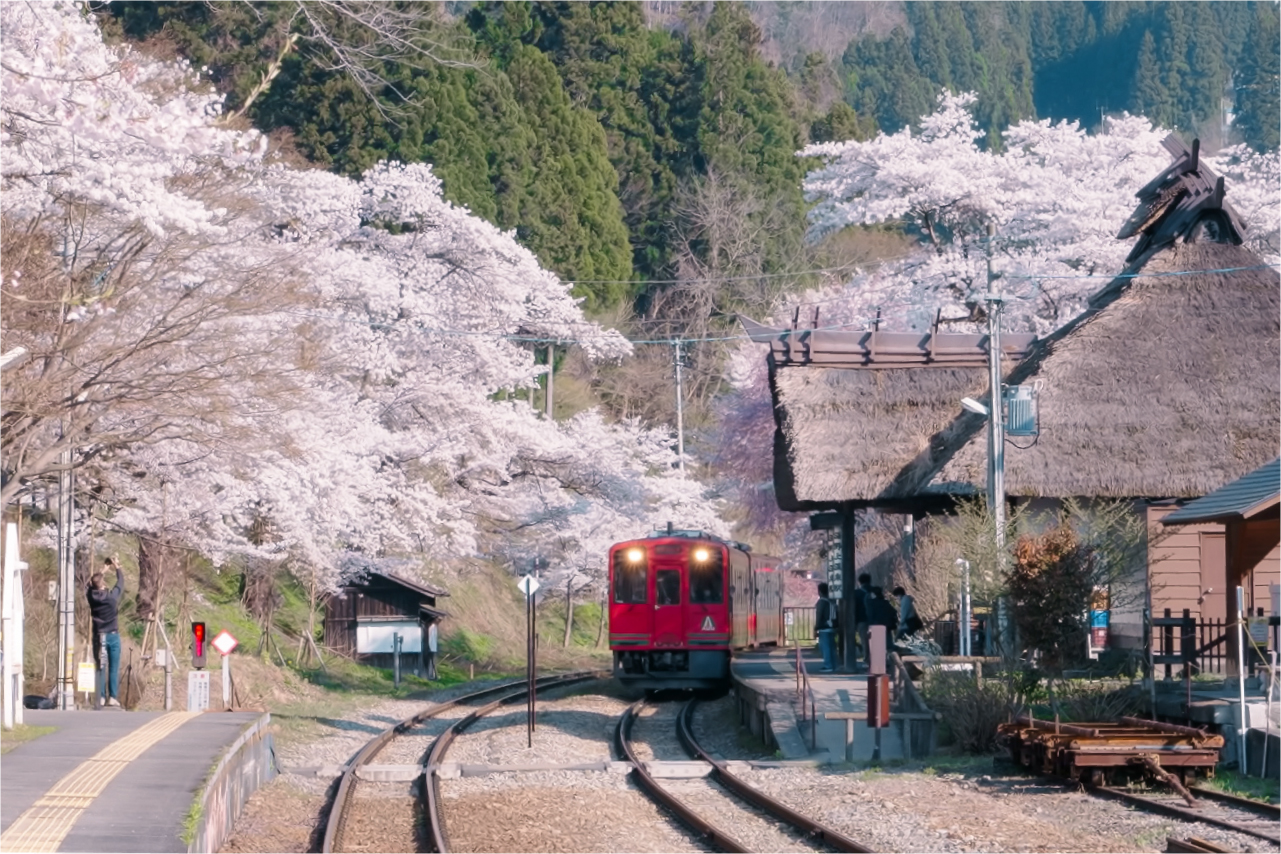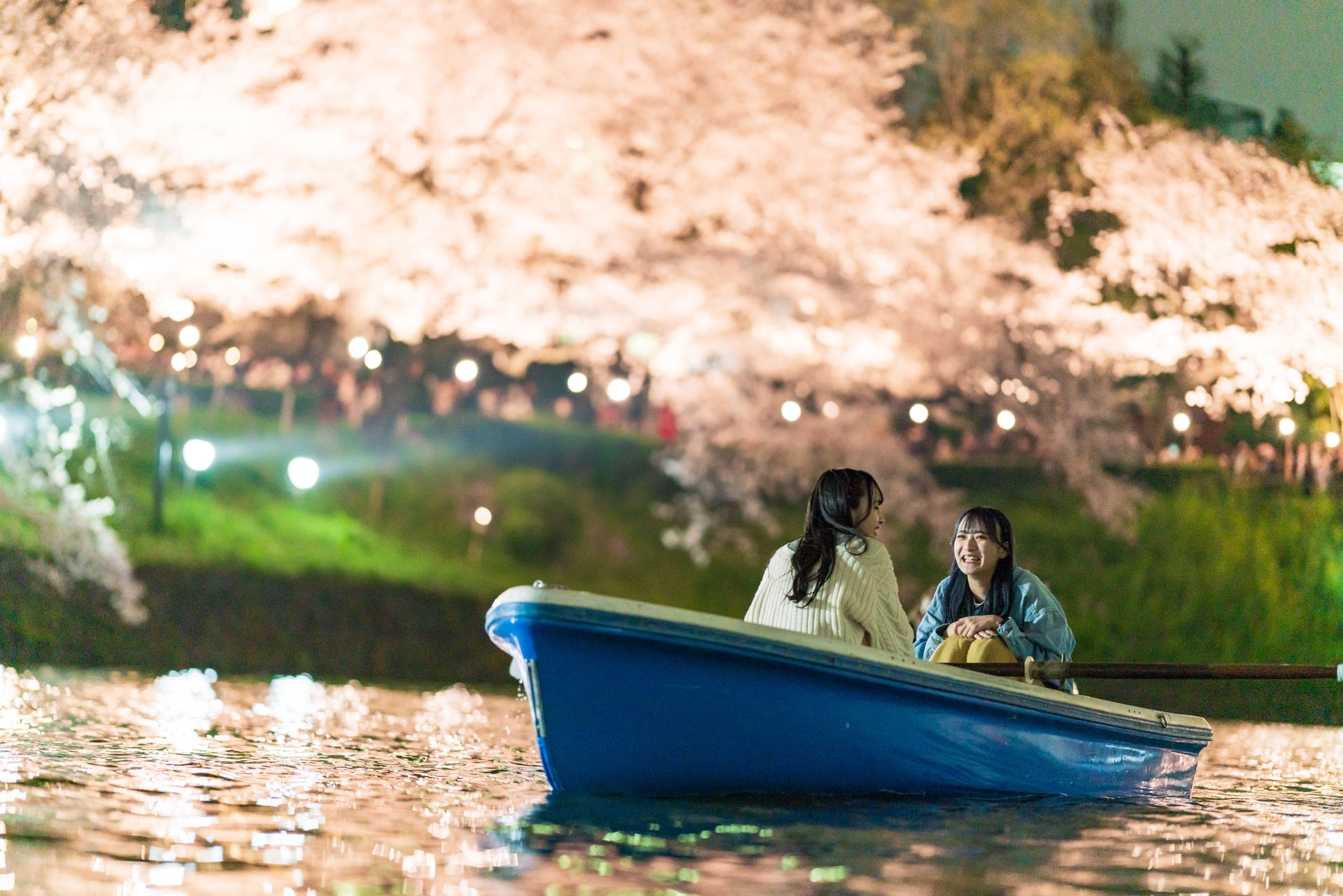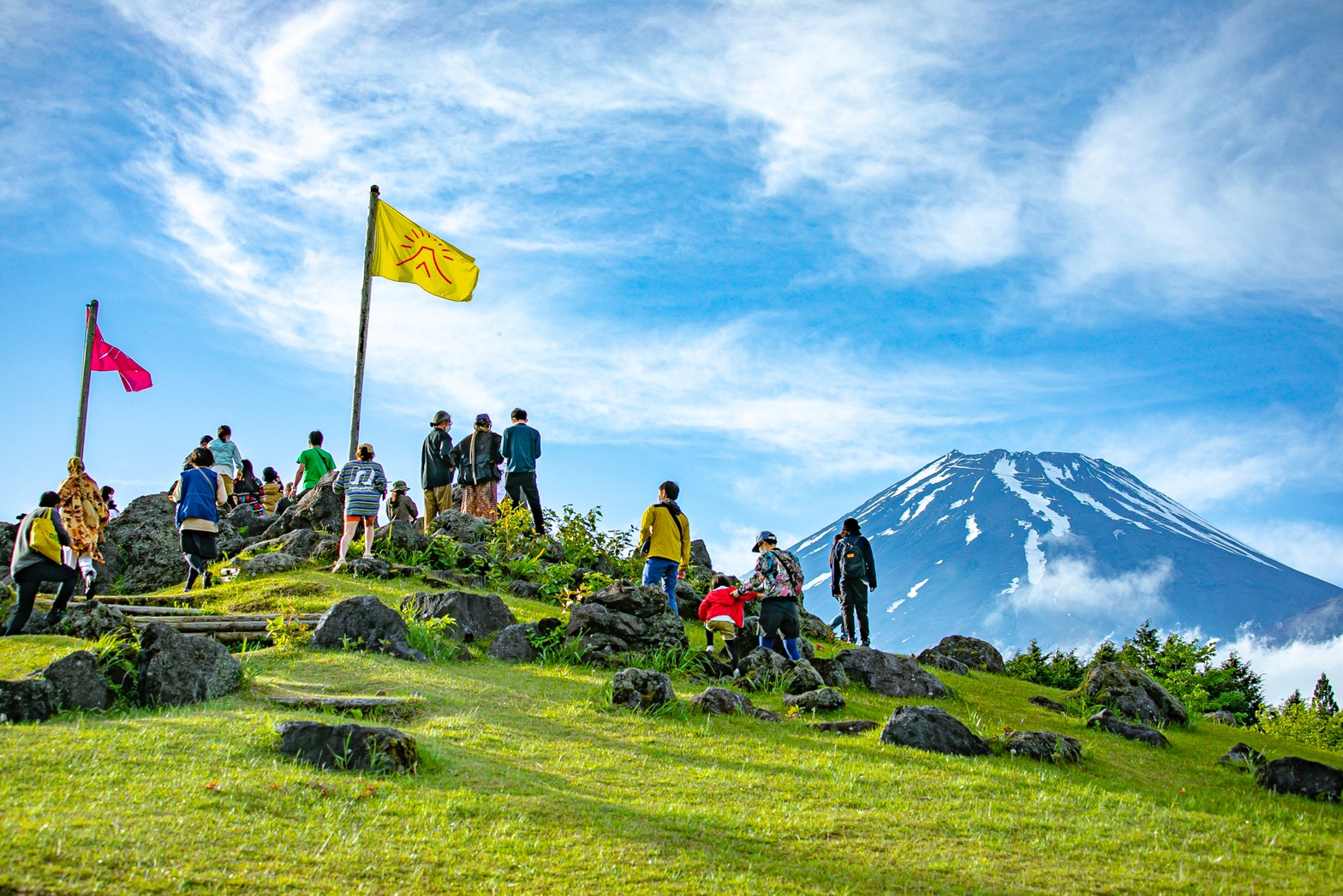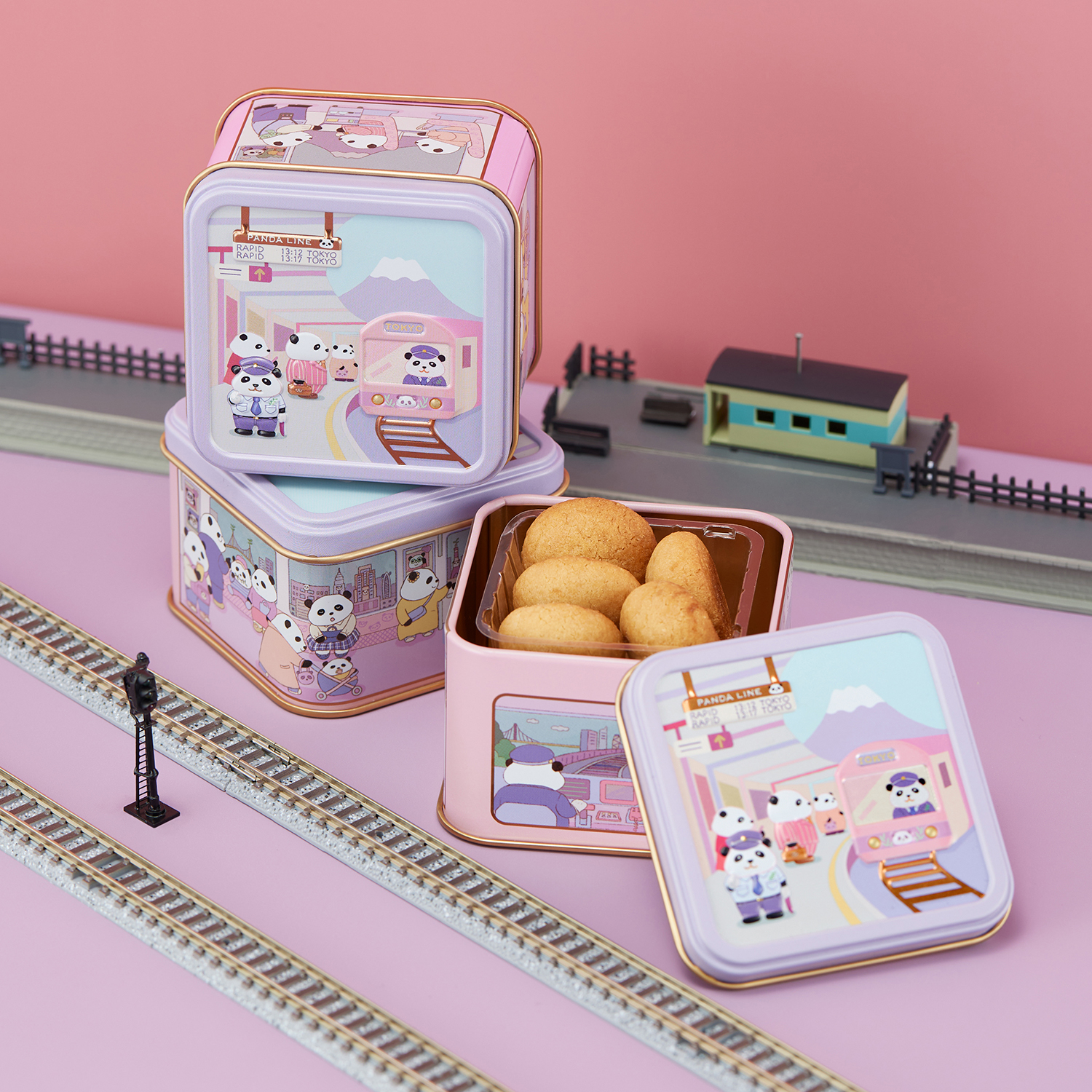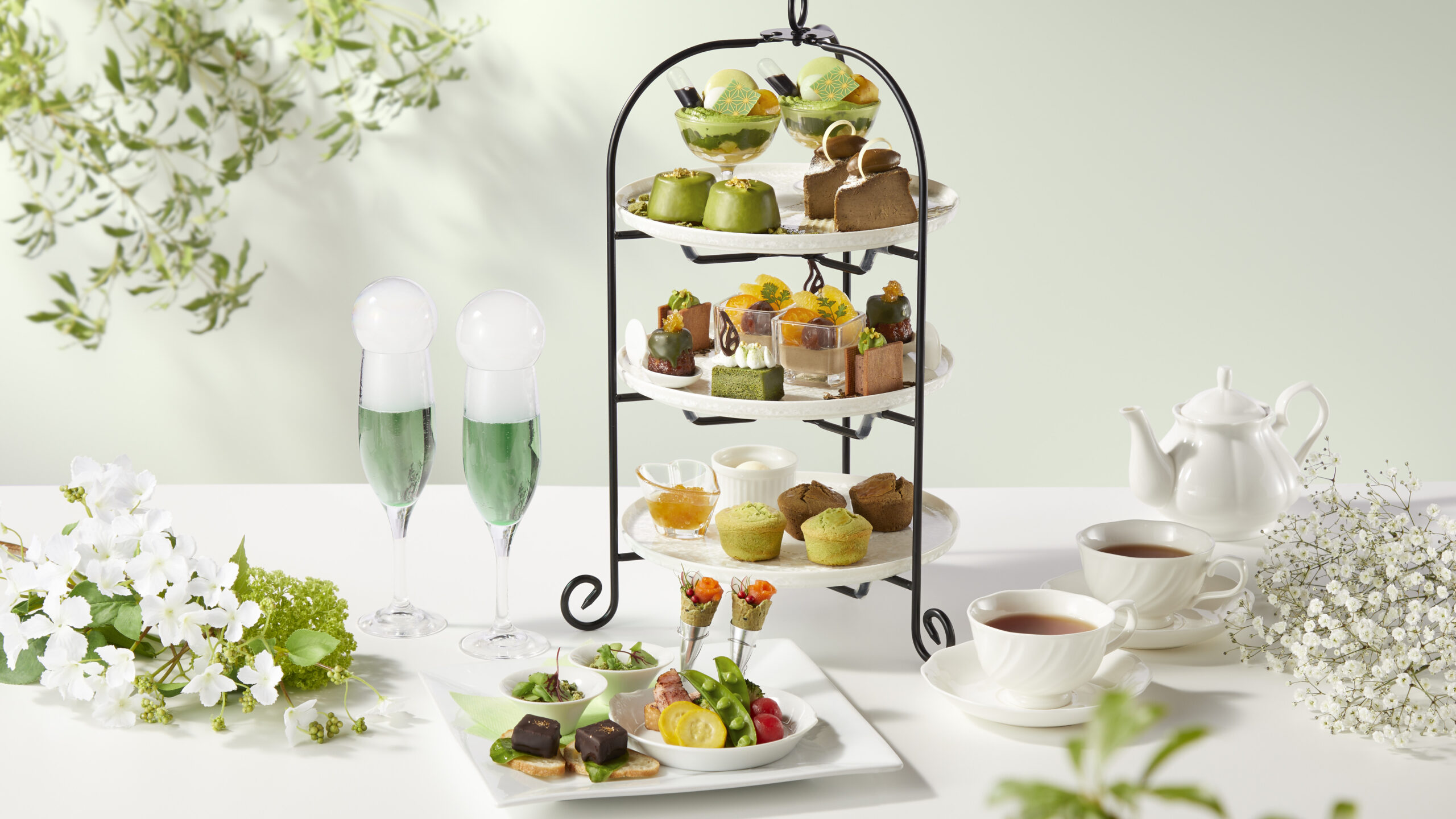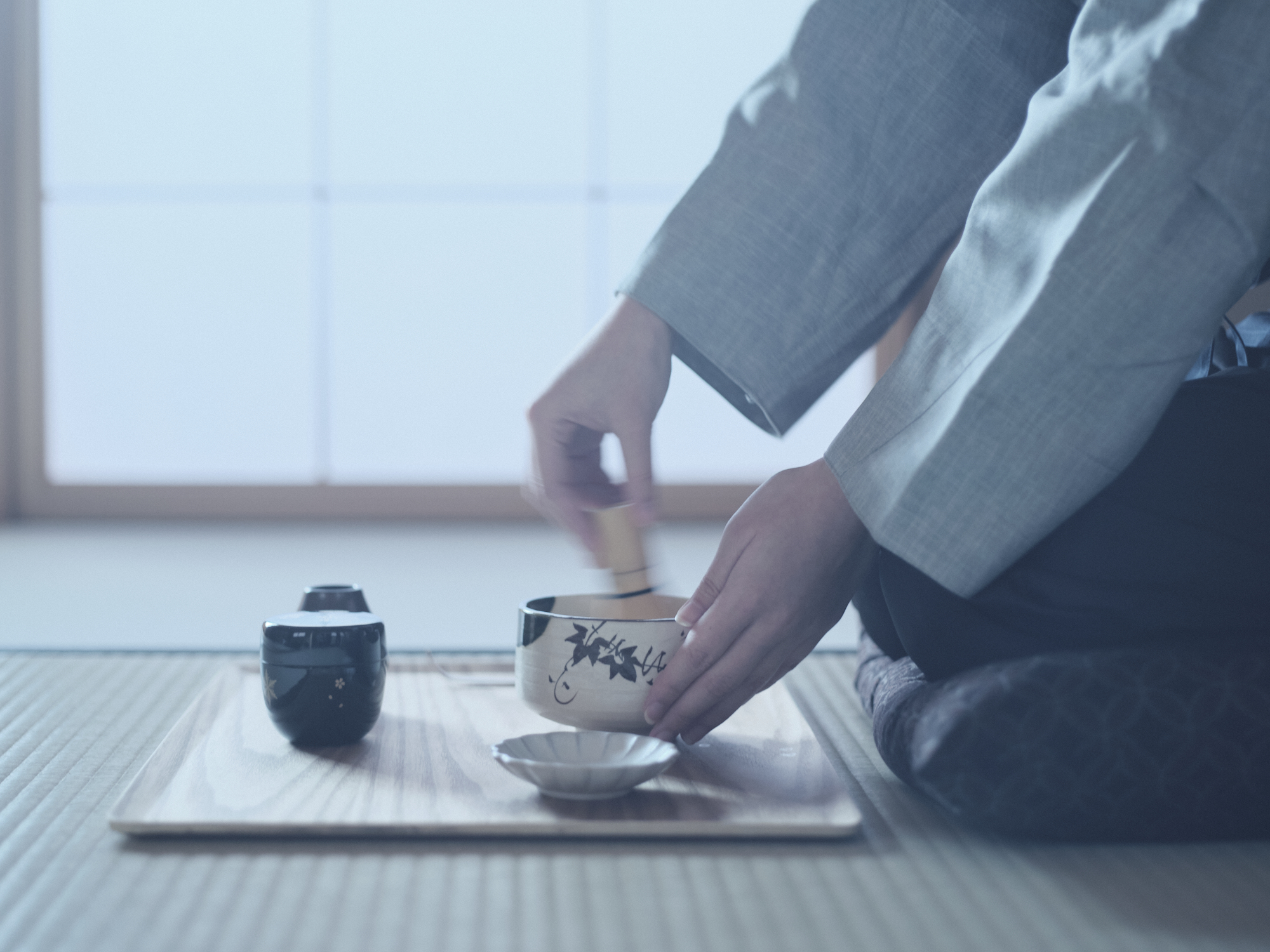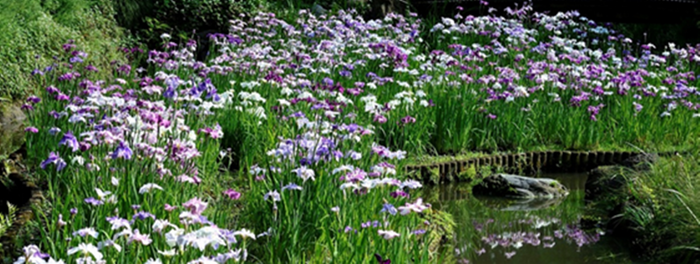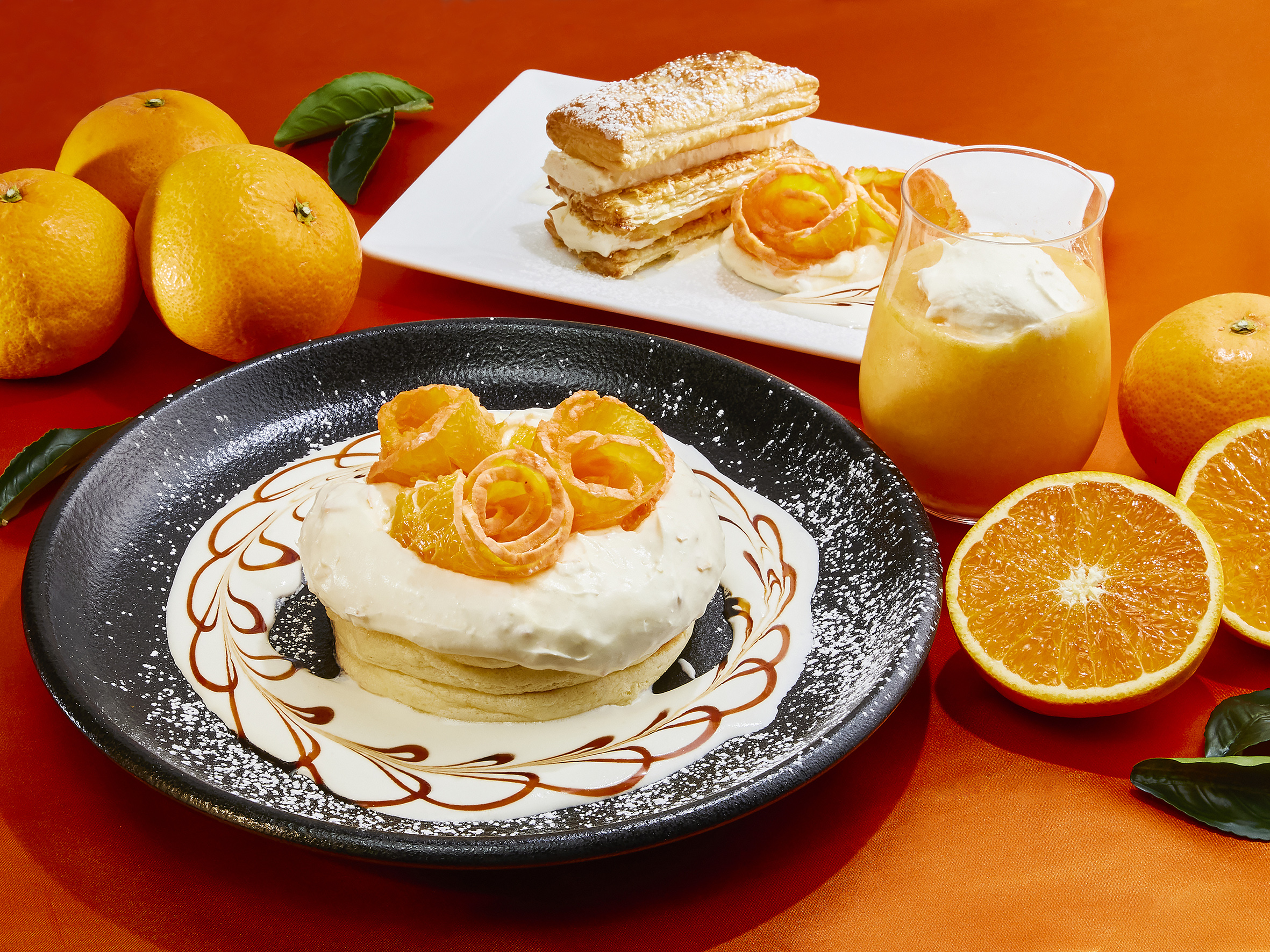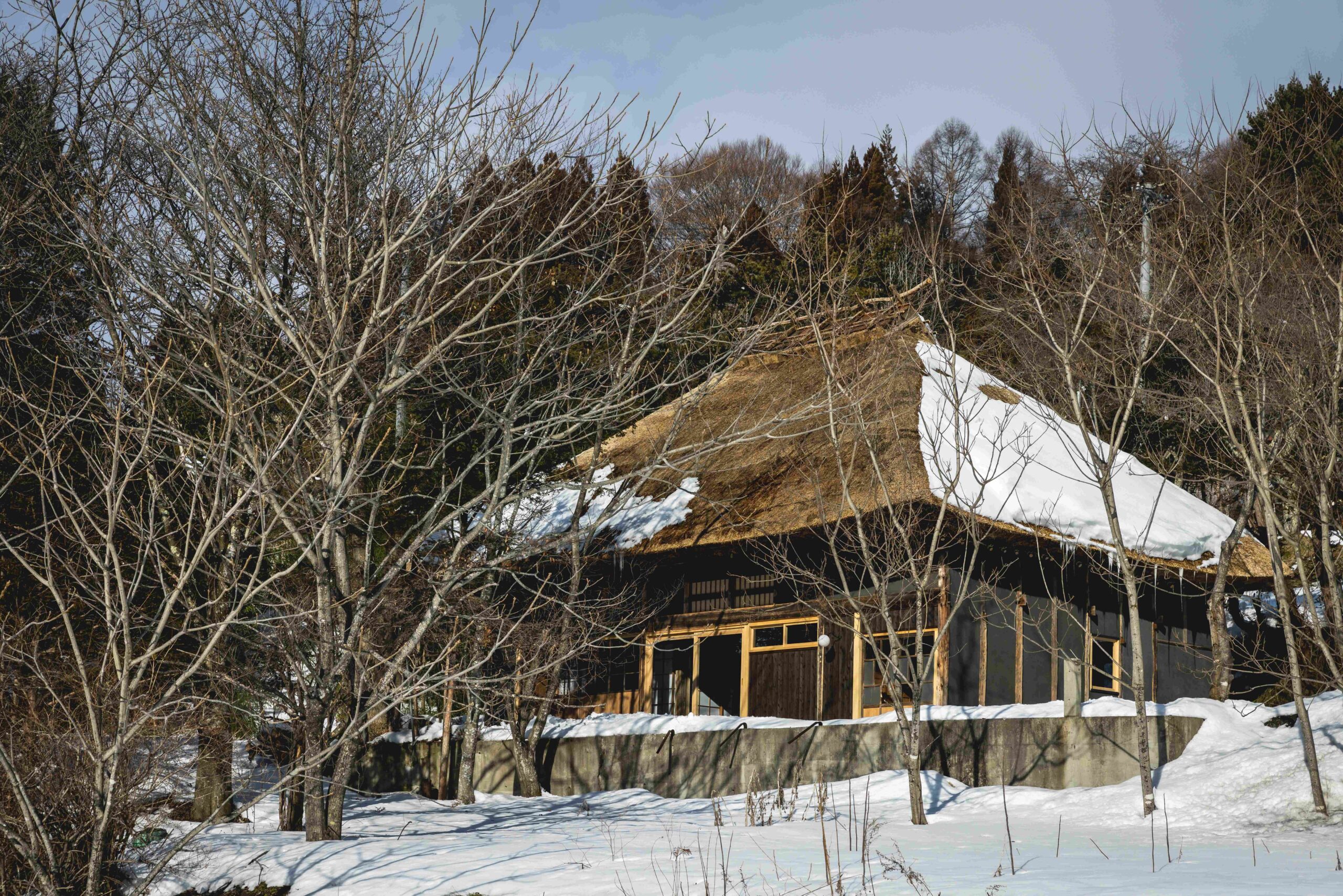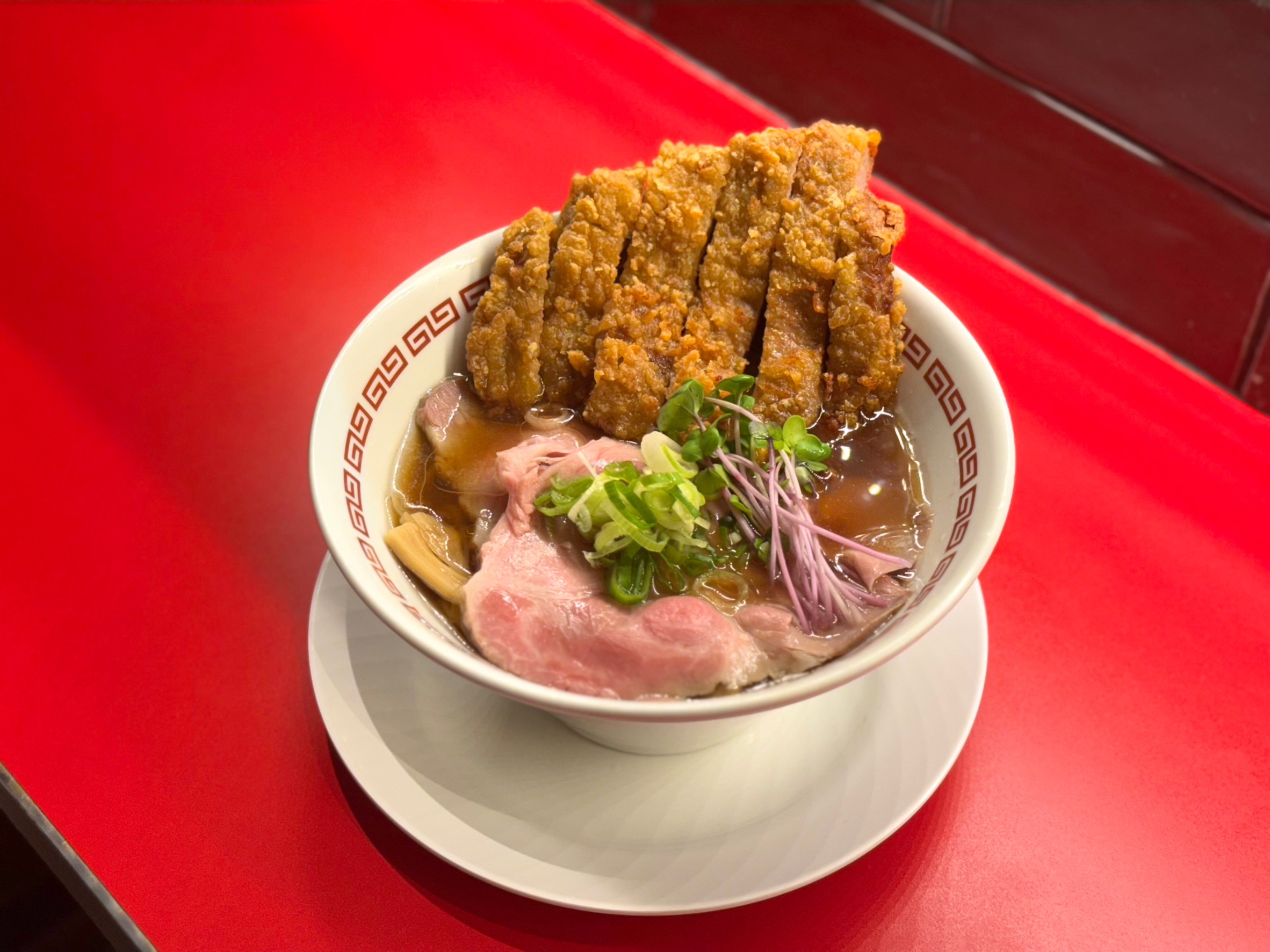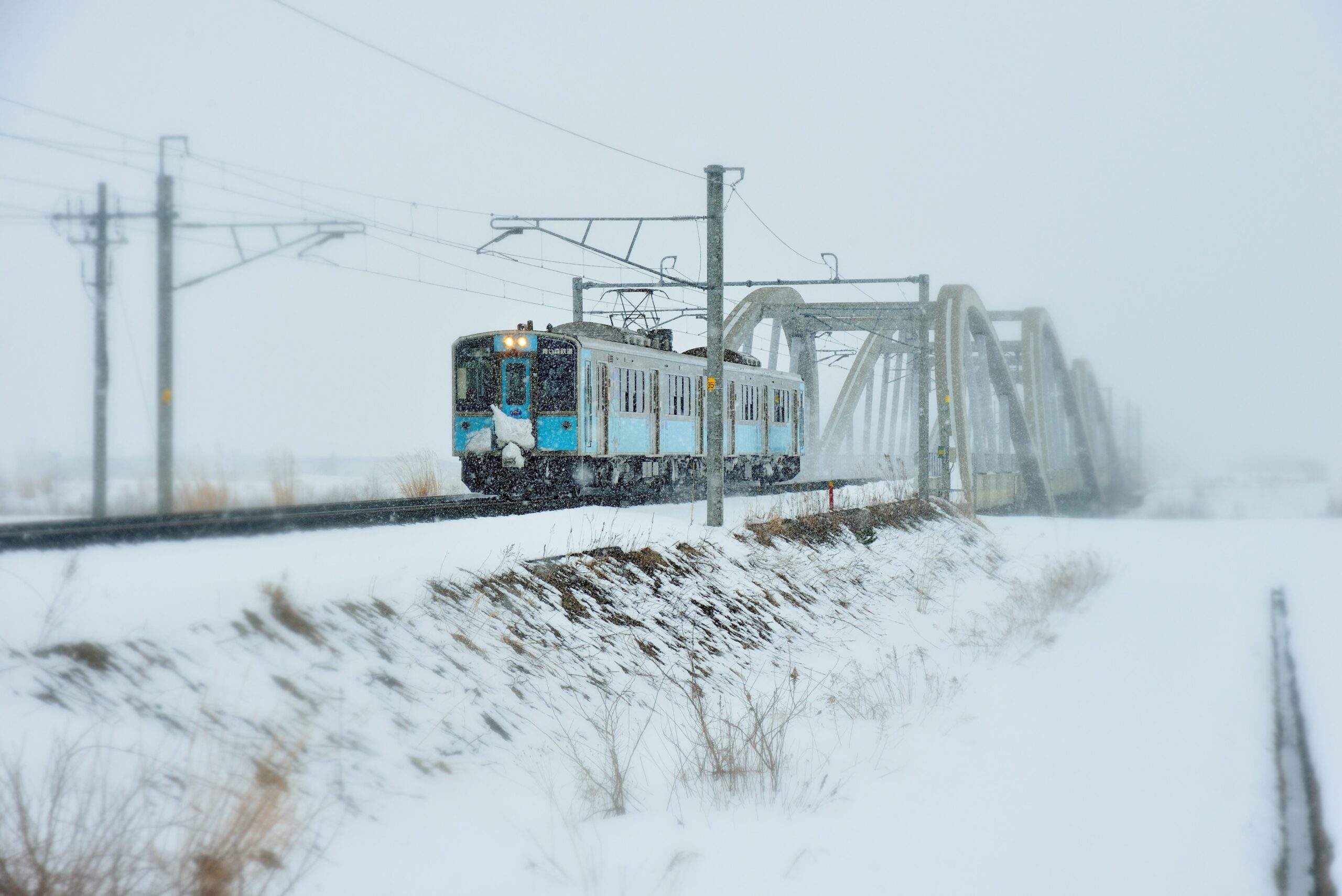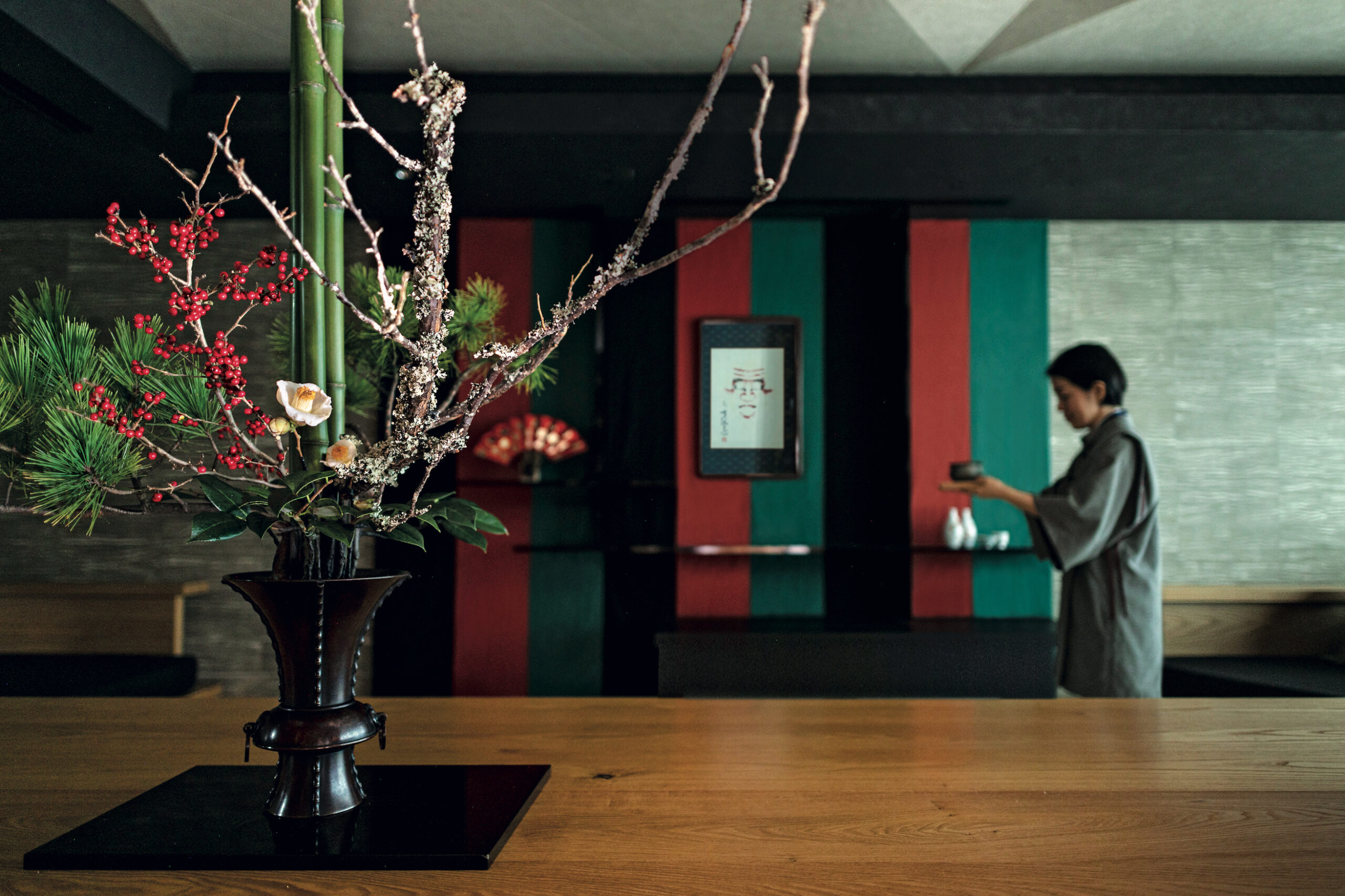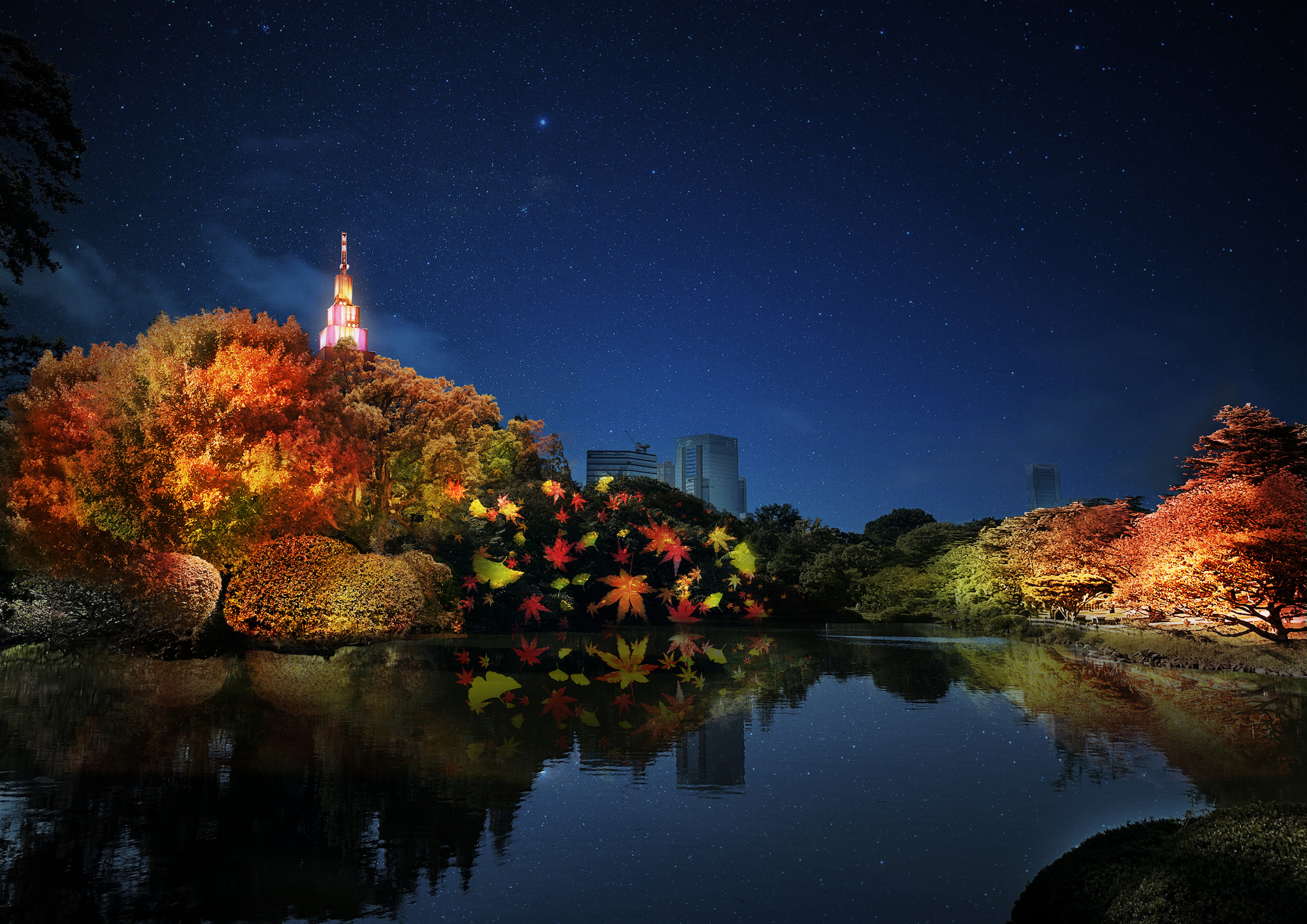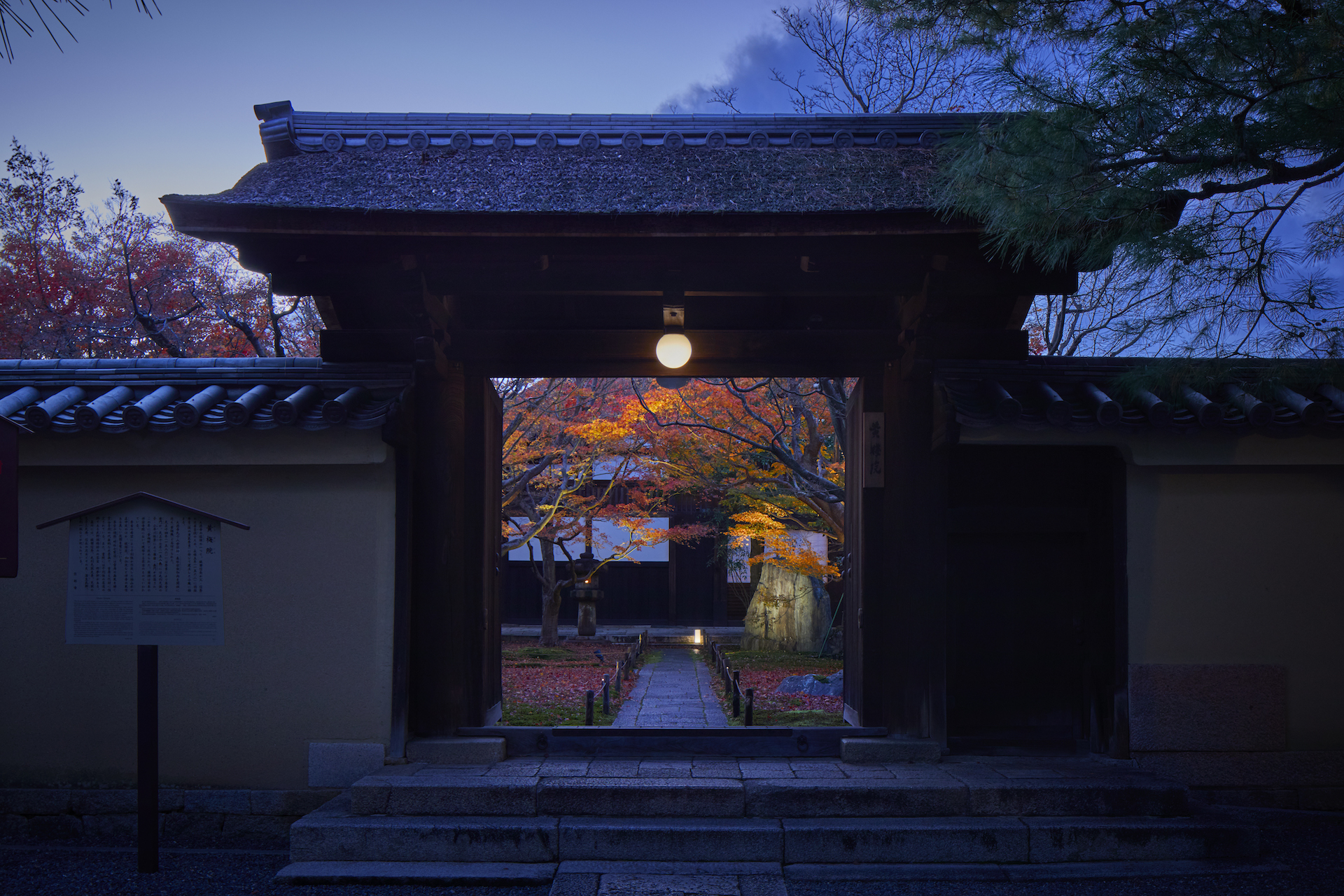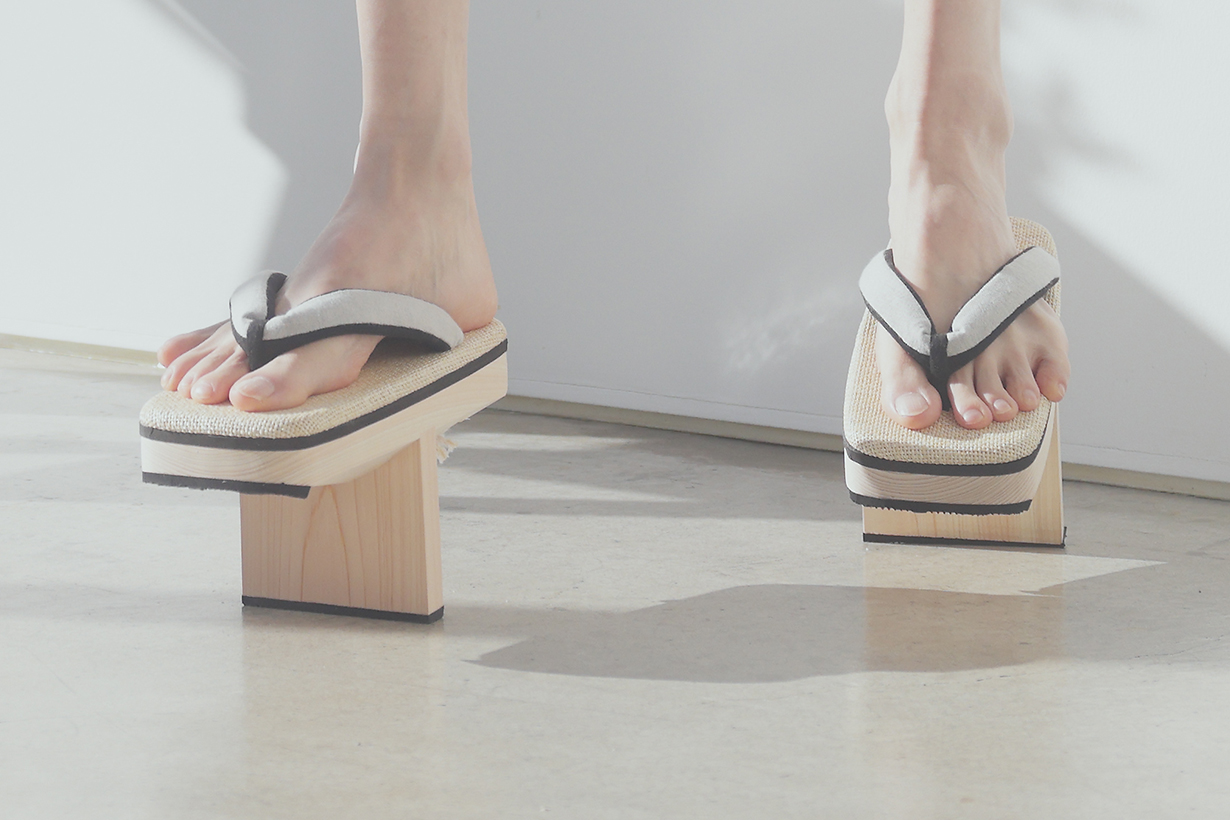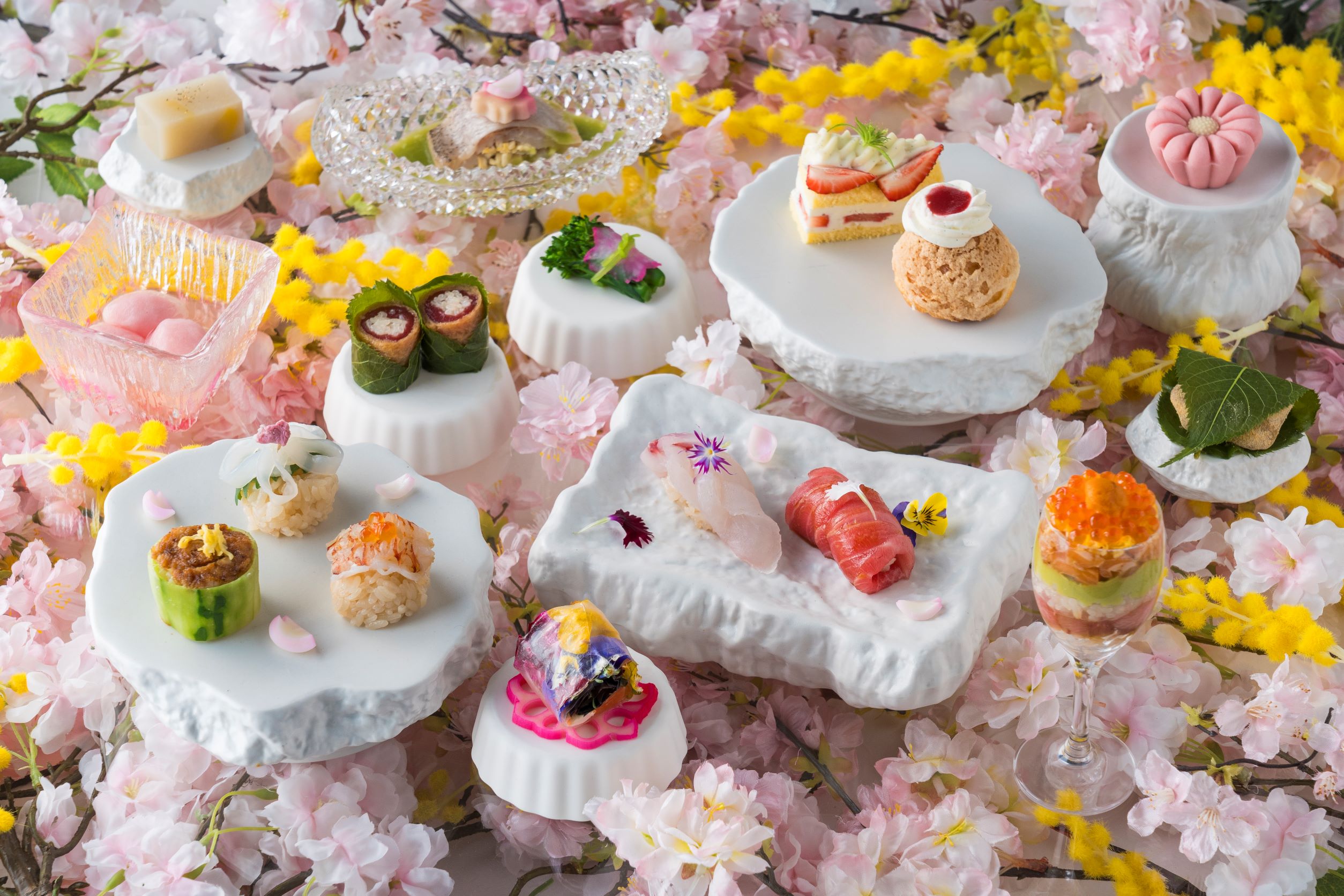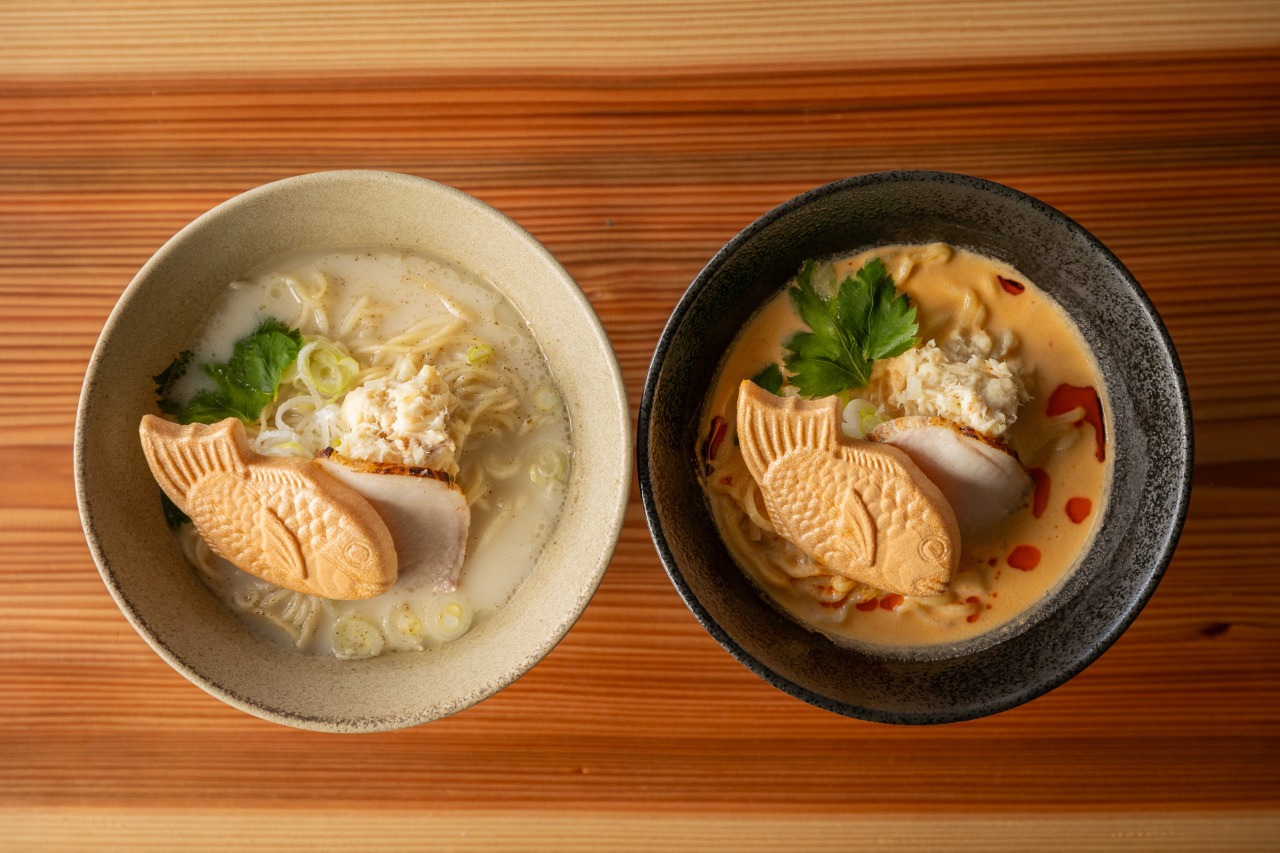“Majin fishing port” on the Tango Peninsula that juts out into the Sea of Japan. The “Majin Crab” landed here has a fishing ground of about 20 to 30 km off the coast of Kyogamisaki, the northernmost tip of Kyoto Prefecture, and is outstandingly fresh due to day trip operations. It is said to be the highest quality in all aspects such as taste and quality.
For the “Majin crab” fishing, we use a fishing boat (14-19t) smaller than the large bottom seine fishing boat (40t or more) that is commonly used for crab fishing in the Sea of Japan. Therefore, during the severe winter months from December to February, there are days when the sea is rough and fishing is not possible.

Moreover, there are currently only five small fishing boats that can be used to fish for the “Majin Crab”. For these reasons, Majin crabs are also called “phantom crabs” because of their low catch.
After landing, the fishermen themselves first rigorously check each fish on board and attach tags by hand. In addition, after being sorted according to about 50 strict criteria such as clogging, size, weight, scratches and color gloss, good and bad shape, and degree of growth, they are put up for auction.
Tips for identifying delicious crabs
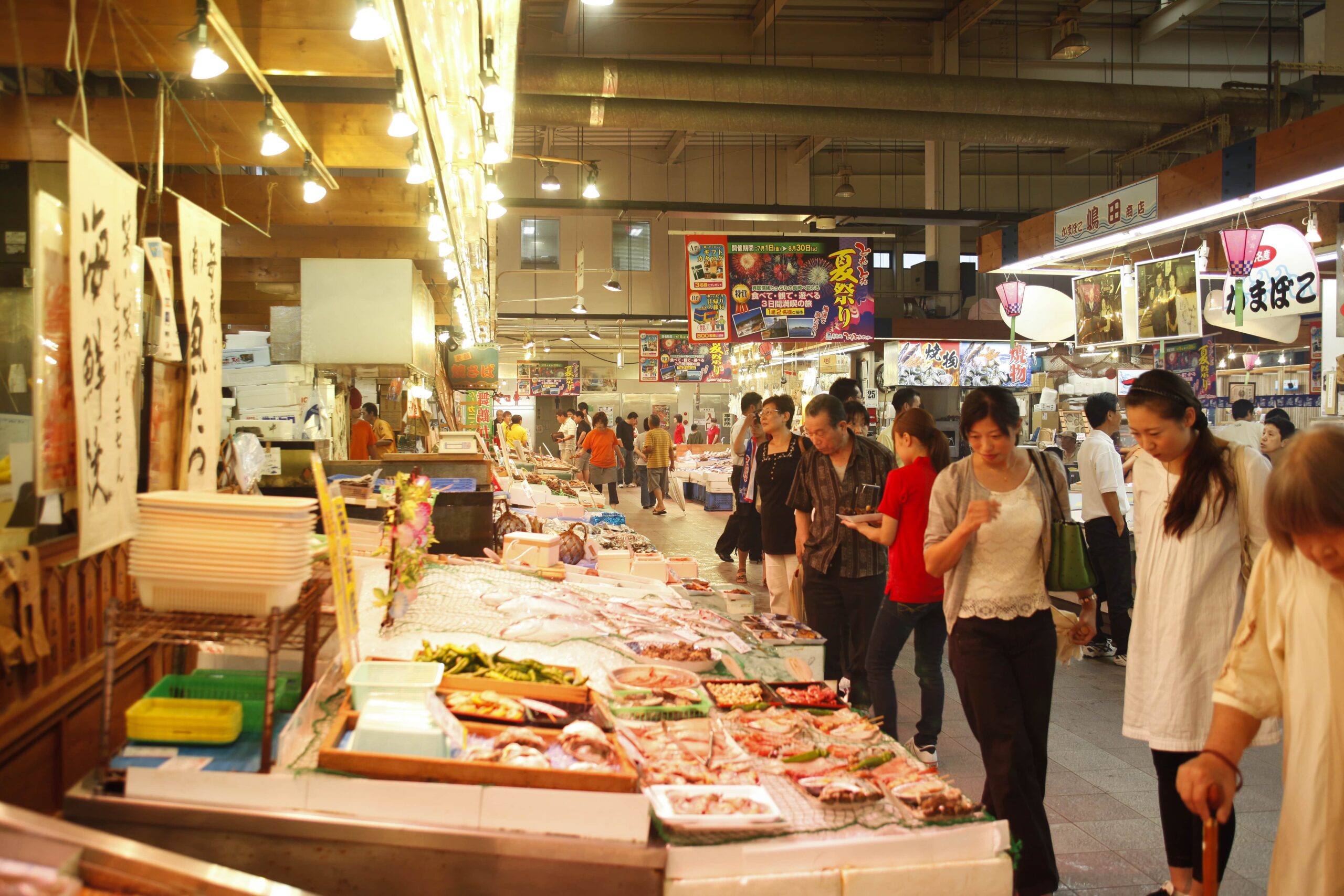
“Majin Crab” has a green tag with the characters “Taiza Crab” and the ship name engraved on it, so there is no doubt that you should choose a crab with this tag.
Other than that, it is generally said that crabs with a hard shell are packed and delicious.
Crabs with deposits such as “crab bill eggs” on the shell are evidence that the shell is hard. The key to identifying delicious crabs is to choose one that feels heavy when lifted.
Winter is the season to write "spring fish" !? "Kyoto" caught in Kyoto, the seafood of the season now
One of the largest catches in Japan! Kyoto mackerel is in season from December to March in winter
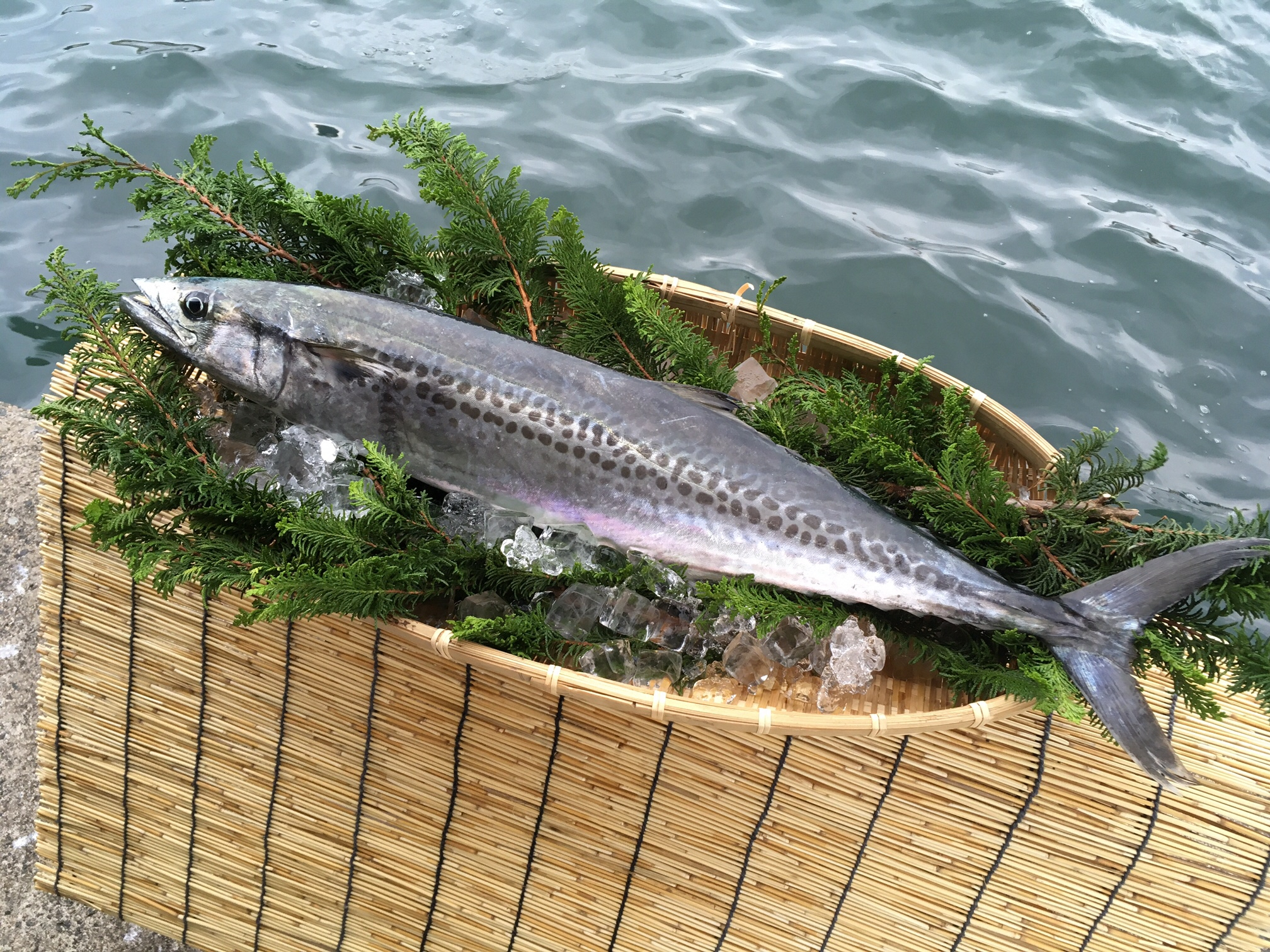
“Spanish mackerel”, which is written as “spring fish”, is often thought of as a fish that is in season in spring, but in reality, it is a migratory fish, so the season of the season differs depending on the area where it is caught. Spring is mainly around the Seto Inland Sea, where many Spanish mackerels that enter the Seto Inland Sea are caught for spawning.
On the other hand, in Kyoto Prefecture, as the seawater temperature rises, a large amount of Spanish mackerel has been caught for about 15 years, and in some years it became the largest catch of Spanish mackerel in Japan.
Spanish mackerel is a rising fish whose name changes depending on its body size, but the name varies depending on the region. In Kyoto, they are called “willow”, “sagoshi”, and “spanish mackerel” from the smallest ones.
Branded fish only in Kyoto! "Specially selected Spanish mackerel" with plenty of fat
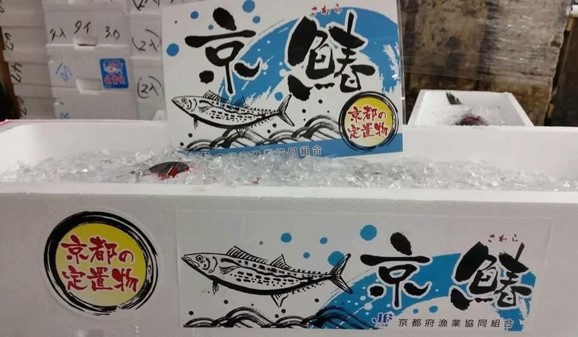
Spanish mackerel is said to be a fish whose freshness declines quickly. Fishermen in Kyoto Prefecture put them in ice water immediately after fishing to keep them fresh. To protect your body even softer, handle the fish carefully so that it does not bend.
Speaking of Spanish mackerel, the image of pickled Spanish mackerel is strong, but Kyoto mackerel is excellent in freshness and quality, so you can enjoy it even with sashimi.
In Kyoto Prefecture, among the Spanish mackerels caught in Kyoto, those with a weight of 1.5 kg or more are called “Kyoto”, and those with a fat percentage of 10% or more with a weight of 3 kg or more are called “Specially selected Spanish mackerel”.
“Buri Shabu” originated in Tango, Kyoto, one of Japan’s three major yellowtail markets! You can enjoy seasonal flavors such as “Japan’s best” naburi shabu-shabu until the end of March
Ine Town, Kyoto Prefecture is one of the three major yellowtail fishing grounds in Japan

Ine Town, Kyoto Prefecture, which is one of Japan’s three major yellowtail fishing grounds, along with Himi City in Toyama Prefecture and the Goto Islands in Nagasaki Prefecture. The reason is that most yellowtails that spent the summer in Hokkaido begin to move south toward the Sea of Japan in late autumn when the water temperature drops. By the time it reaches the Tango region, which is the passing point, it has grown into a delicious yellowtail with good quality fat.
Like the Spanish mackerel, the Spanish mackerel is a rising fish whose name changes as it grows. In Kyoto, it is called “Aoko”, “Tubas”, “Hamachi”, “Margo”, and “Buri” from the smallest ones.
Ine's yellowtail shabu-shabu, which is called "the best taste in Japan"
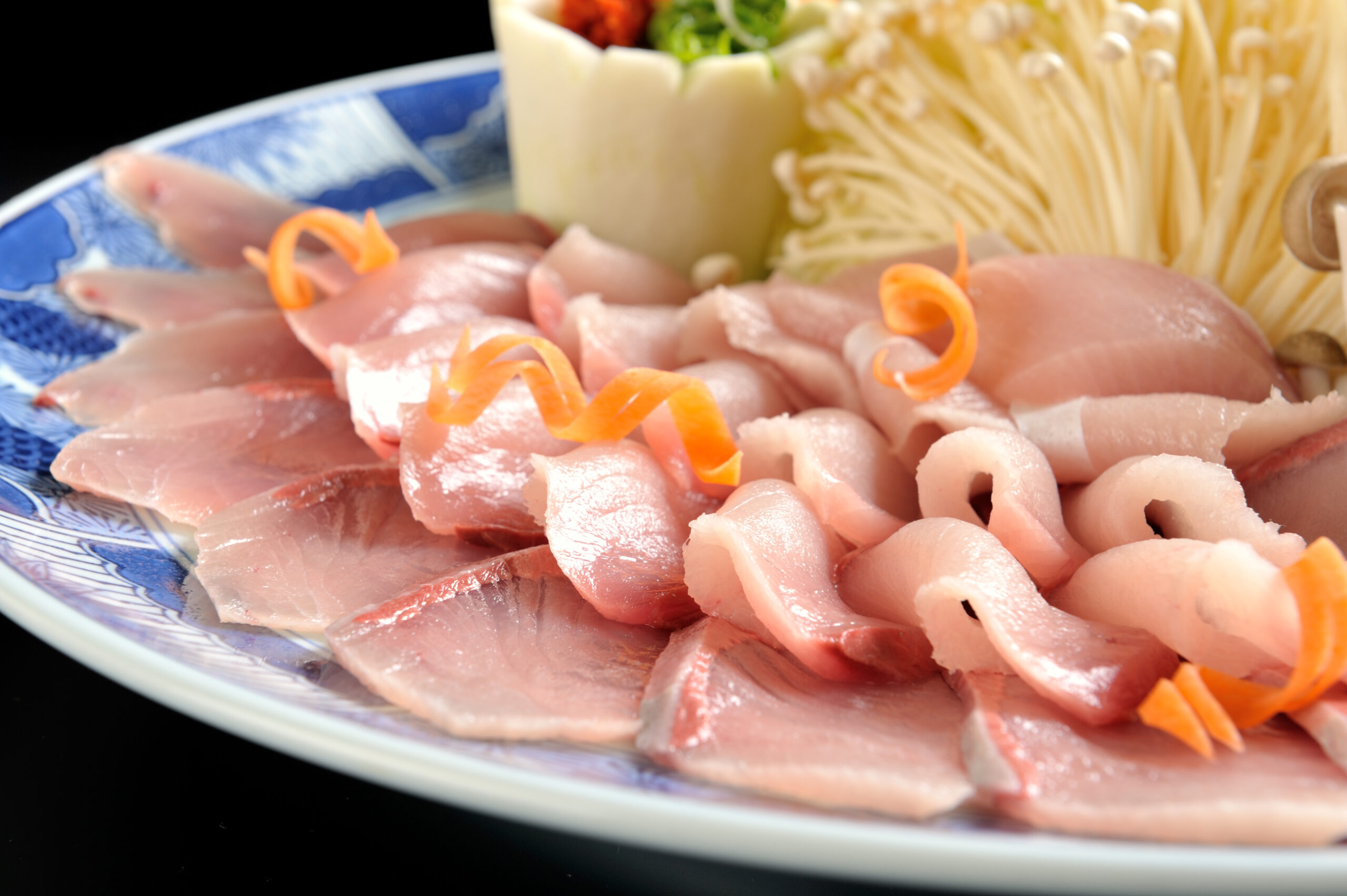
Yellowtail fishing was popular in Ine Town, and it is said that yellowtail has been distributed all over Japan for a long time. In addition, its taste was even called the best in Japan in the academic book “Honchoshokan” on food written by the doctor “Hitsudai Hitomi” in the early Edo period.
In addition, Miyazu City “Toriki” and Ine Town “Aburaya” are said to be the birthplace of yellowtail shabu-shabu, and you can enjoy seasonal yellowtail shabu-shabu until around the end of March.
* Information at the time of delivery. The contents are subject to change.
>Click here for information on obtaining marine products
